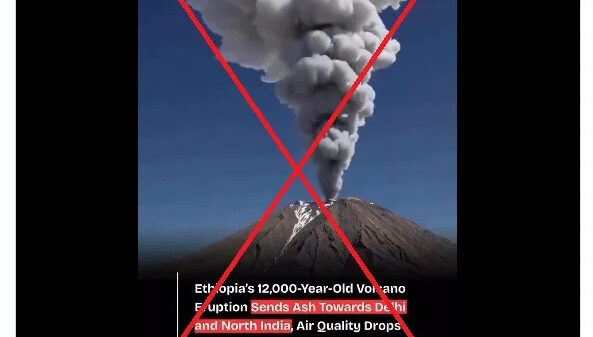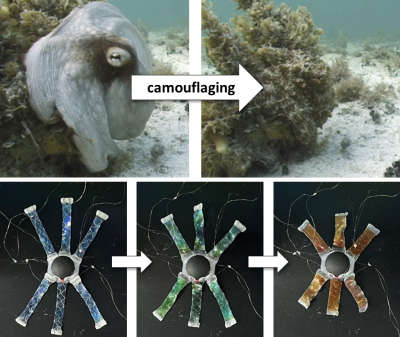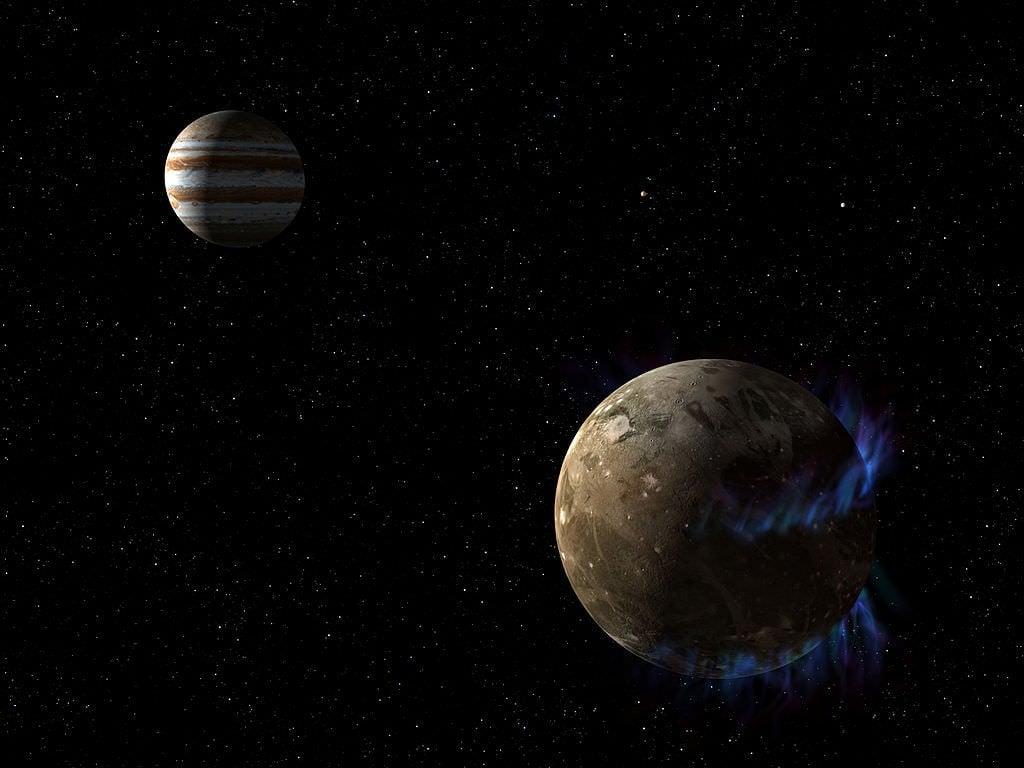Understanding the formation of moons, particularly the Galilean moons orbiting Jupiter, has long puzzled scientists. A recent chapter from researchers Yuhito Shibaike and Yann Alibert at the University of Bern provides new insights into this complex process. Their work, released as both a book chapter and a pre-print paper, discusses various theories regarding the formation of large moon systems, particularly the four largest moons of Jupiter: Io, Europa, Ganymede, and Callisto.
The Galilean moons exist within what is known as the circum-Jovian disc (CJD), a structure analogous to the circum-stellar disc (CSD) that surrounds our Sun. This disc not only contains the Galilean moons but also encompasses over 93 other non-Galilean moons orbiting Jupiter. The formation processes for these moons may differ significantly due to variations in size and material availability.
According to the researchers, there are three primary distinctions between planet formation and moon formation. Firstly, moon formation occurs on a much faster time scale, estimated to be around ten to one hundred times quicker than the formation of planets. Secondly, the circum-Jovian disc continuously acquires material from the surrounding CSD while simultaneously losing some to Jupiter, affecting how moons develop. Lastly, since the discovery of exoplanets three decades ago, only a limited number of large moon systems have been identified, with Jupiter and Saturn being the primary examples.
The research outlines a three-step process for the formation of the Galilean moons. Initially, the CJD forms, incorporating gas, dust, and moon material. This concept was initially supported by a “minimum mass model” from the 1980s, which assumed a static disc containing the overall mass equivalent to that of the Galilean moons. However, in 2002, a new theory emerged proposing that the CJD operates as a “gas-starved disc.” This model suggests that the original disc was relatively poor in material but gained significant mass through gravitational capture from the surrounding CSD.
Gravitational capture has played a crucial role in the formation of the Galilean moons, marking the second phase of their development. Jupiter, being the largest planet, effectively clears its orbital path of debris, including what astronomers refer to as “pebbles.” This action creates challenges for moon accretion. One possible solution is the incorporation of smaller dust particles, which can enter the CJD without disruption from Jupiter’s immense gravity. There remains some debate about the efficiency of this process.
Another potential method for moon formation is “planetesimal capture,” where Jupiter’s gravity captures the core of a protoplanet that would otherwise become a planet. This could have occurred if the moons were disturbed by the gravitational influence of Saturn or slowed in their orbits by the gas cloud surrounding early Jupiter.
Differences among the Galilean moons themselves provide further avenues for testing these formation theories. For instance, Callisto does not exhibit resonance with Jupiter as the other Galilean moons do. This peculiarity raises the question of whether Callisto formed under different conditions or experienced a significant impact that altered its trajectory. Additionally, Callisto is only partially “differentiated,” meaning it has not fully developed distinct layers like its three counterparts.
Some models of pebble accretion propose that Callisto is still in the early stages of its formation journey and may eventually evolve to resemble its fellow Galilean moons. Nevertheless, many critical questions remain unanswered, primarily due to a lack of comprehensive data.
The upcoming Jupiter Icy Moon Explorer (JUICE) mission aims to enhance our understanding of these moons, although it will provide only one or two data sets for analysis. Until advancements in exoplanet-hunting telescopes allow for the frequent detection of exomoons, many of these formation theories will remain largely untested.
As research continues, the insights gained from the Galilean moons and the processes that formed them will contribute to our broader understanding of moon formation, including the dynamics of our own solar system.





































































